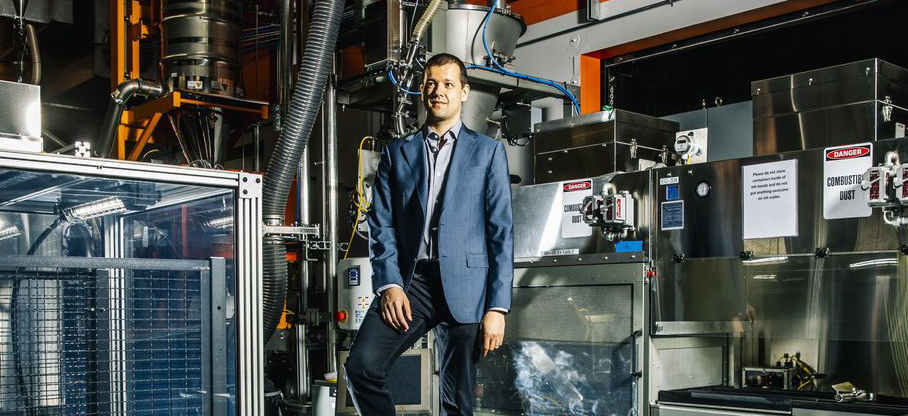Why Elon Musk Has Bet on Asian Battery Makers Over American Battery Startups

In 1980, John Goodenough, an American professor running the inorganic chemistry lab at Oxford University, discovered the lithium-cobalt-oxide cathode, a battery electrode whose unusual capacity to store energy vastly eclipsed anything invented before then. But the invention didn’t interest the university, which saw no obvious practical use for the cathode and refused to spend the money to patent it. A U.K. lab outside the university eventually agreed to pay the patent fee, but only in exchange for Goodenough signing away the rights to his invention.
Nothing more was heard about his cathode until 1991, when Sony licensed and released it as the nerve center of its runaway bestseller, the handheld camcorder. The cathode became a global standard and part of every major smartphone, wearable device, laptop and other mobile electronics. In 2019, Goodenough shared the Nobel Prize in chemistry for the LCO breakthrough. But it was battery makers in China, Japan and South Korea that profited from it.